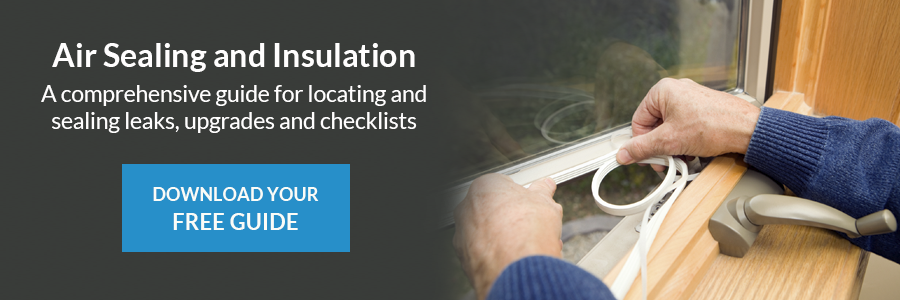[ad_1]
Is your dwelling leaking air? Is it not as very well insulated as it could be? If so, it is time to commence contemplating incorporating some loose fill insulation to your dwelling. The truth is there are countless unique kinds of insulation to decide on from, so it can be difficult to know which a person is proper for you. Most dwelling advancement contractors you converse to will check out to market you on the elements they use, but the truth is their viewpoints are typically motivated by buying their merchandise rather than information.
At Windows on Washington, we have worked with all unique styles of insulation and only endorse insulation we know will get the job done for you and your requires. In this short article, we will be especially conversing about cellulose unfastened fill insulation so if you are considering this sort of insulation, you can arm yourself with all the key info from the get-go.
What is Cellulose Insulation?
Cellulose insulation is a sort of insulation that is mainly made from recycled paper, which indicates it is 1 of the most eco-friendly insulation alternatives on the market place. How it will work is that paper that would otherwise conclude up in landfills is broken down into more compact fibers and handled (usually with boric acid and borax as fire and pest retardants). And based on the manufacturer, an adhesive may possibly be additional as well to assistance the insulation cling collectively and reduce settling.
How Does Cellulose Insulation Function?
Cellulose loose fill insulation is blown into roof cavities, developing a layer of insulated go over. When correctly mounted, there are incredibly few air pockets remaining, which is why this sort of insulation is a single of the most hugely regarded and employed techniques of insulating a house.
Who is Cellulose Insulation Good For?
When trying to identify if cellulose loose fill insulation is the best insulation content for your house, you need to have to take into account the parts the place cellulose insulation shines. Attics are one of the most frequently made use of destinations for cellulose loose fill insulation, and we suggest making use of borate stabilized cellulose for the adhering to factors:
- Heightened efficiency. The R-worth of borate stabilized cellulose is much increased as opposed to other commonly utilized insulation this kind of as unfastened filled fiberglass insulation.
- Eco-pleasant. Borate stabilized cellulose is made from recycled components, creating it the a lot more eco-welcoming decision.
- Pest deterrent. In conditions of pests, borates are one of the most efficient pesticides for your residence.
- No VOC. Dissimilarly to other insulation, borate stabilized cellulose does not comprise VOC (unstable organic compounds) written content and does not offset fuel like ammonium sulfate stabilized cellulose or formaldehyde made up of fiberglass does.
The downsides of borate stabilized cellulose? It can be additional high priced than other kinds of insulation, but in our opinion, the strengths significantly outweigh the price tag tag.
Why We Decide on Cellulose Insulation
It is a unhappy reality operating in the household advancement market that we often get shoppers coming to us immediately after having their attics overblown with fiberglass and reporting barely any improve in comfort to their residence.
Why do so many home advancement contractors normally recommend fiberglass insulation above cellulose? Nicely, the real truth is it arrives down to price – with fiberglass becoming the less costly option. However, when the cost is a issue, when it arrives to insulation, the most effective choice must be dependent on functionality, and not what is cheapest or most well-liked. That is why at WoW we only use borate stabilized cellulose for all of our unfastened fill insulation tasks. When adequately mounted, cellulose insulation coupled with focused air sealing will not only increase the temperature of your dwelling, it will also raise convenience and lower your utility costs.
[ad_2]
Resource connection

